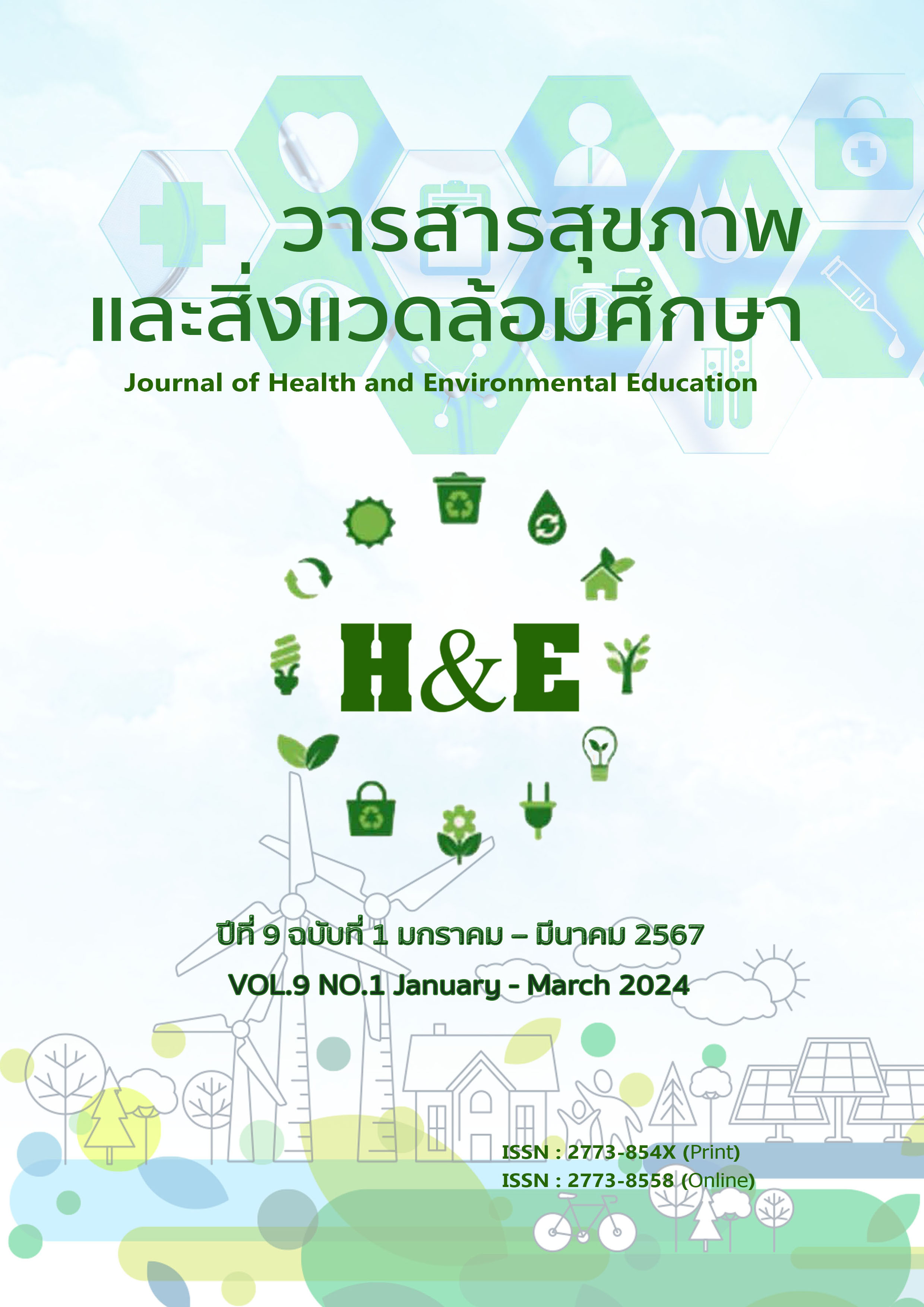เปรียบเทียบปริมาณรังสียังผลก่อนและหลังการปรับพารามิเตอร์ในการตรวจเอกซเรย์คอมพิวเตอร์ทรวงอกและช่องท้องของโรงพยาบาลอุดรธานี
คำสำคัญ:
ปริมาณรังสียังผล, ปริมาณรังสีในหนึ่งหน่วยปริมาตรของการสแกน, ปริมาณรังสีอ้างอิงบทคัดย่อ
การวิจัยกึ่งทดลองครั้งนี้มีวัตถุประสงค์เพื่อเปรียบเทียบปริมาณรังสียังผลที่ผู้ป่วยได้รับจากการตรวจเอกซเรย์คอมพิวเตอร์ก่อนและหลังการปรับพารามิเตอร์ กลุ่มตัวอย่างได้แก่ ผู้ป่วยที่มีอายุ 20 ปีขึ้นไป มาตรวจด้วยเครื่องเอกซเรย์คอมพิวเตอร์ ที่กลุ่มงานรังสีวิทยา โรงพยาบาลอุดรธานี โดยการเลือกแบบเจาะจง จำนวนกลุ่มตัวอย่าง 52 ราย เครื่องมือที่ใช้ในการวิจัยคือ แบบบันทึกข้อมูลข้อมูลปริมาณรังสี โดยเก็บรวมรวมข้อมูลกลุ่มตัวอย่างจากระบบ PACS โรงพยาบาลอุดรธานี 2 กลุ่ม กลุ่ม1 ตั้งแต่วันที่ 1 มกราคม พ.ศ. 2562 ถึงวันที่ 30 เมษายน 2563 และกลุ่ม 2 ตั้งแต่วันที่ 23 มิถุนายน พ.ศ. 2563 ถึงวันที่ 31 สิงหาคม 2563 นำมาวิเคราะห์ข้อมูลโดยใช้สถิติพรรณนาค่าแนวโน้มเข้าสู่ส่วนกลาง ได้แก่ ค่ามัธยฐาน
เมื่อเปรียบเทียบปริมาณรังสียังผลที่ผู้ป่วยได้รับจากการตรวจเอกซเรย์คอมพิวเตอร์ของโรงพยาบาลอุดรธานี ภายใต้จำนวนรอบหรือ phase ของการสแกนที่เท่ากัน พบว่าการตรวจเอกซเรย์คอมพิวเตอร์ทรวงอก ช่องท้องส่วนบนและช่องท้องทั้งหมด ก่อนปรับพารามิเตอร์มีค่ามัธยฐานเท่ากับ 19.44 34.35 และ 45.94 mSv หลังปรับพารามิเตอร์มีค่าเฉลี่ยเท่ากับ 7.87 15.33 และ 20.23 mSv
References
ปริมาณรังสีในผู้ป่วยเป็นตัวชี้วัดใหม่ในงานคุณภาพรังสีวินิจฉัย. [Online]. 2014; [cited 2019 Sep 13]. Available from: https://www.sunpasit.go.th/2014/upload/4142f4b621067a981ffee8262aa6fcec.pdf
United Nations Scientific Communities on the Effects of Atomic Radiation. Source and effects of ionizing radiation. UNSCEAR 2008 Report. United Nations Publication sales E.10.XI.3. NewYork: United Nations, 2010. Available from: https://www.unscear.org/unscear/en/publications/2008_1.html
IAEA: Radiation protection of patients (RPOP):Information for X-ray. Available from: http://rpop.iaea.org/RPOP/RPoP/Content/InformationFor/Patients/patient-information-x-rays/index.htm.
Mettler FA Jr, Huda W, Yoshizumi TY, Mahesh M. Effective doses in radiology and diagnostic nuclear medicine: a catalog. Radiology. 2008; 248:257-63. Available from: https://www2.rsna.org/timssnet/radiologyselect/dose/PDF%20Files/category%202/V521.pdf
Panruethai T, Supika K, Chantima R, Pannee V, Jiraporn S. Radiation dose from CT scanning: can it be reduced? Asian Biomedicine Vol. 5 No. 1 February 2011; 13-21. Available from: https://www.researchgate.net/publication/269683412_Radiation_dose_from_CT_scanning_Can_it_be_reduced
Shrimpton PC, Hillier MC, Lewis MA, Dunn M.National survey of doses from CT in the UK: 2003.BrJ Radiol. 2006; 79: 968-980 Available from: The British Journal of Radiology, 79 (2006), 968–980. Available from:
https://www.researchgate.net/publication/6588698_National_survey_of_doses_from_CT_in_the_UK_2003
Peter Vock, Graciano Paulo, Renato Padovani. Greece CT Medical Exposures and CT Risk/Benefit. EMAN – European Medical ALARA. edition 3n October 2013. Available from: https://www.eurosafeimaging.org/wp/wp-content/uploads/2015/10/Edition_3_-_October_2013.pdf
Hyun Woo Goo. CT Radiation Dose Optimization and Estimation: an Update for Radiologists. pISSN 1229-6929 · eISSN 2005-8330 Korean J Radiol 2012;13(1):1-11 Available from: http://dx.doi.org/10.3348/kjr.2012.13.1.1
Kaasalainen, T., Palmu, K., Reijonen, V., & Kortesniemi, M. (2014). Effect of Patient Centering on Patient Dose and Image Noise in Chest CT. American Journal of Roentgenology, 203(1), 123-130. Available from: https://doi.org/10.2214/AJR.13.12028
Thomas Toth, Zhanyu Ge, Michael P. Daly. The influence of patient centering on CT dose and image noise. Medical physics 2007; 34: 3093-3101. Available from: https://doi.org/10.1118/1.2748113
Willemink, M.J., Noël, P.B. The evolution of image reconstruction for CT from filtered back projection to artificial intelligence. European Radiology 29, 2185–2195 (2019). Available from: https://doi.org/10.1007/s00330-018-5810-7




